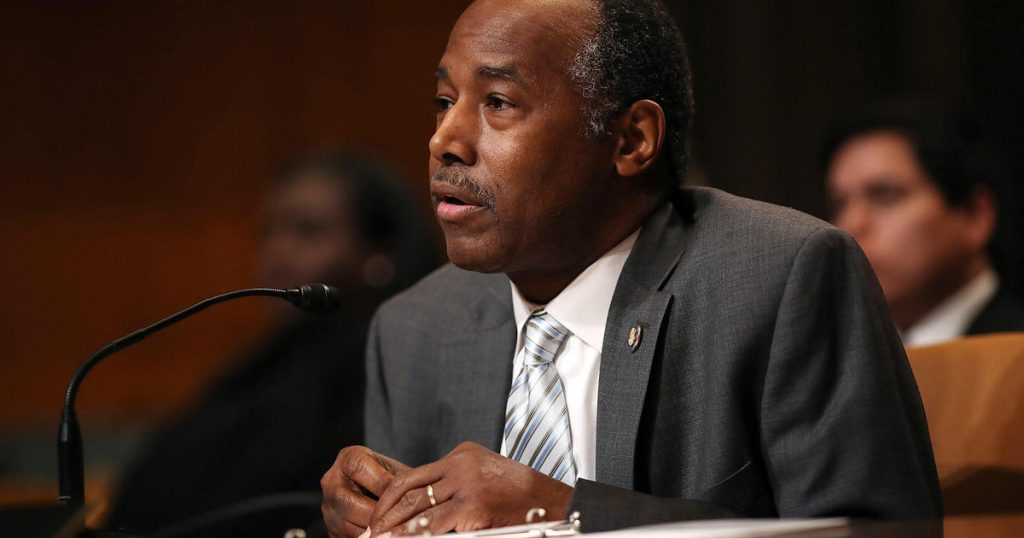
The Social Security system’s costs will exceed its income this year, the first time that has happened since 1982.
Plenty of workers may take this development with a grain of salt because of the widespread belief that they’ll never see a Social Security check in their lifetime. More than half of working Americans don’t think they’ll receive a benefit when they retire, according to a Gallup poll in 2015.
Yet that common belief — that Social Security won’t be around when today’s workers retire — is far from the truth, and it could very well undermine the political will to fix a system that currently supports 67 million Americans. The report from the program’s trustees on Tuesday underscore that lawmakers need to act now to stabilize and expand the program, said Rep. Sam Johnson, R-Texas, at a Thursday hearing to discuss the development.
“We need to act,” Johnson said. “Workers and their families need the certainty that we’ve gotten Social Security on the right track.”
Lawmakers have taken steps to shore up Social Security in past decades. In 1983, a bipartisan effort stabilized the program by gradually raising the full retirement age to 67 and requiring government employees to pay into Social Security, a first.
Lawmakers say new fixes are now needed, especially as a major demographic shift is underway. About 10,000 baby boomers each day are claiming Social Security for the first time, while many millennials are so far opting to sit out on parenthood, leading to a 30-year low in U.S. births.
“It’s largely about the demographics,” said Stephen C. Goss, chief actuary of the Social Security Administration, at the hearing. “It’s like the tide is inevitable.”
Those demographic shifts may be impossible to change, but Social Security is not. Here are five misperceptions many Americans hold about the program.
A trust fund holds my Social Security investments
The Social Security Administration refers to the program as operating two “trust funds,” one for disability and one for the Social Security pension program. Yet they aren’t trust funds in the traditional sense, meaning money socked away in an account that’s dedicated to your personal investments.
The term creates “much unintended confusion,” according to the left-leaning Center on Budget and Policy Priorities.
In fact, the Social Security trust fund operates more like an accounting ledger, according to the conservative-leaning Heritage Foundation. The Treasury estimates its tax receipts, then “credits” that amount to the Social Security trust fund. Next, it subtracts the money paid in monthly Social Security benefits from the balance of the trust fund. “No money actually changes hands,” it noted. Remaining funds are then invested in special Treasurys.
It will be bankrupt by the time I retire
That’s simply untrue. While the program faces a funding shortfall by 2034, it isn’t going broke.
One key issue is the Social Security reserves, which the program will dip into this year because its payments will outstrip its income. That $2.9 trillion surplus is on hand to fund benefits in case of situations like the one facing the program this year. The reason lawmakers are concerned is that the reserves will be depleted by 2034 for the Social Security program and 2032 for disability — if nothing changes.
That will leave the program unable to pay full Social Security benefits.
Today’s workers won’t receive any benefits
That’s a commonly voiced fear, but it’s far from the truth. If nothing is changed and the Social Security reserves run out by 2034, the program will still be able to pay three-quarters of its benefits.
Granted, that’s harmful to seniors, especially for the millions of Americans who rely on Social Security as their primary source of income. But Social Security will still be paying out benefits for today’s workers at least through 2092, which is as far as the Social Security administration has forecasted its operations.
It’s impossible to fix Social Security
Actually, there are plenty of ideas for how to fix it.
They include raising the income cap on which workers pay Social Security tax, currently $128,400, or raising the tax rate that workers currently pay.
The latter could “cost you 50 cents a week,” and would help replenish the Social Security reserves, said Rep. John Larson, D-Connecticut, at the hearing. Larson’s proposal would boost the contribution rate gradually from 6.2 percent to 7.4 percent by 2042. He also proposes boosting the payroll tax to wages higher than $400,000.
The government dips into Social Security to fund other programs
Not true. Washington doesn’t raid the Social Security program to spend on pork-barrel projects or if it’s running low.
Instead, as CBS MoneyWatch columnist Steve Vernon explains, the reserves are invested in special U.S. Treasurys and become part of the government’s overall funding. Other investors are also buying U.S. Treasurys, of course. The government mingles the proceeds from those bonds with other revenue, including the Social Security’s special bonds.
Here’s another way to think of it: When you buy newly issued stock from a company, the business then invests that money across its operations. The special Treasurys Social Security buys are legally obligated to pay the stated market interest rate and to prepay the principal at maturity.

